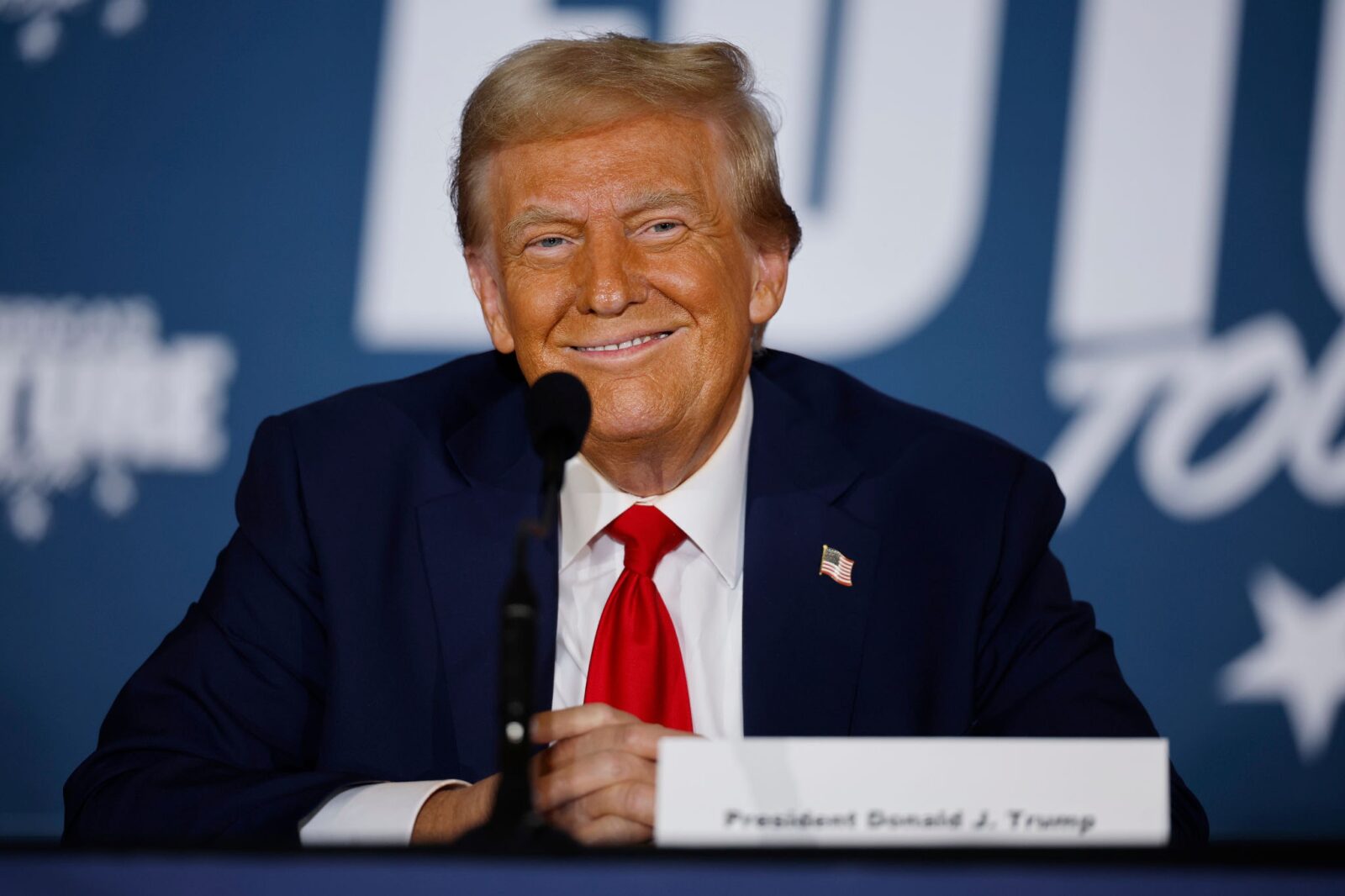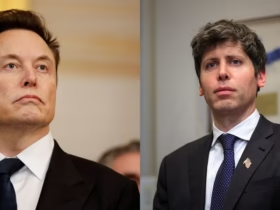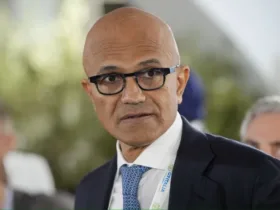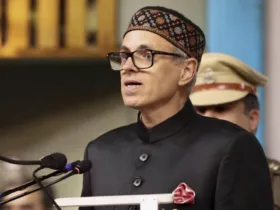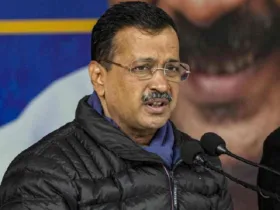Donald Trump Trade Philosophy: Reciprocity at Its Core
Donald Trump has once again brought India into the spotlight, accusing the South Asian nation of imposing excessively high tariffs on American goods. Speaking during a recent campaign rally as part of his 2024 U.S. presidential bid, Trump described India’s trade policies as unfair, declaring that if re-elected, he would enforce “reciprocal tariffs” on Indian exports to the U.S. His remarks have reignited discussions on trade relations between the two countries, which are already marked by a mix of collaboration and contention.
The Focus on India’s Tariff Policies
Trump’s trade policies, both during his presidency (2016–2020) and in his current campaign, reflect a philosophy of “America First.” This approach emphasizes bilateral agreements, economic nationalism, and the use of tariffs to address perceived trade imbalances. Under his administration, the U.S. adopted a more confrontational stance toward trade partners, including allies and strategic partners such as India.
The crux of Trump’s argument against India lies in what he perceives as its disproportionately high tariffs on American goods. In particular, Trump often cited tariffs on Harley-Davidson motorcycles, which faced a 100% import duty in India until 2018, when it was reduced to 50%. Despite this reduction, Trump continued to argue that the tariffs were still unreasonably high, especially compared to the near-zero tariffs India enjoyed for exporting motorcycles to the U.S.
India’s Tariff Policies: A Protective Measure or Unfair Practice?
India’s trade policies have historically been shaped by its domestic economic priorities. As a developing economy, India maintains high tariffs in certain sectors, particularly to protect its fledgling industries, promote self-reliance, and support local employment. These tariffs serve as a crucial tool for shielding domestic manufacturers from global competition.
- Agricultural goods such as dairy products and grains face high import duties, protecting millions of Indian farmers from foreign competition.
- Automobiles and motorcycles, like Harley-Davidson bikes, have historically attracted tariffs to encourage domestic production and reduce dependency on imports.
- Electronics, including smartphones, are another sector where tariffs have been imposed to foster local assembly and manufacturing under India’s “Make in India” initiative.
While India’s tariff regime is not unique among developing economies, it has faced criticism from developed nations like the U.S. for being excessively protectionist. According to the World Trade Organization (WTO), India’s average applied tariff rate is around 17.6%, significantly higher than the global average of 7.6%. This figure, however, masks the disparities between sectors, with some categories—such as luxury goods—facing duties exceeding 100%.
Economic Implications of Reciprocal Tariffs
Trump’s proposal to introduce reciprocal tariffs could have significant repercussions for both the U.S. and Indian economies. India is currently one of the fastest-growing export markets for U.S. goods and services, with bilateral trade reaching $191 billion in 2023. A tariff war could disrupt this growing economic partnership and hurt key industries on both sides.
Impact on Indian Exports: India relies on the U.S. as a critical market for its exports, which include:
- Textiles and apparel
- Pharmaceuticals and generic drugs
- IT services
- Engineering goods
The U.S. is the largest market for Indian pharmaceutical products, which account for nearly 40% of all generic drugs consumed in the U.S. Reciprocal tariffs on these products could increase costs for American consumers while weakening India’s pharmaceutical industry, which plays a vital role in global healthcare.
Impact on U.S. Exports: On the other hand, U.S. exporters of agricultural goods, energy products, and technology could face retaliatory measures from India, making it more difficult to access the Indian market.
Strategic and Diplomatic Concerns
Beyond economics, Trump’s comments carry strategic implications for U.S.-India relations. The two countries have strengthened their partnership in recent years, driven by shared concerns about China’s rise and a mutual interest in maintaining stability in the Indo-Pacific region. This includes cooperation through forums like the Quad (comprising the U.S., India, Japan, and Australia) and joint military exercises.
Trade tensions could complicate this partnership. India has historically been wary of aligning too closely with any one power, and punitive trade measures from the U.S. might push New Delhi to diversify its alliances further, including deepening ties with the European Union, Russia, or even China.
Political Motivations and the 2024 U.S. Presidential Campaign
Trump’s criticism of India also needs to be understood in the context of his 2024 presidential campaign. Trade has been a central theme of Trump’s political brand, appealing to American workers and industries that feel left behind by globalization. By targeting India, Trump is likely aiming to reinforce his image as a defender of American interests.
However, his rhetoric may not resonate as strongly with the broader electorate this time around. India is widely regarded as a strategic ally, and voters might be more cautious about policies that could jeopardize this relationship.
India’s Response and Future Prospects
India has so far refrained from directly responding to Trump’s latest remarks. However, trade experts suggest that New Delhi is likely to approach the situation cautiously, avoiding escalation while emphasizing its willingness to negotiate. India has already taken steps to address U.S. concerns in the past, including reducing tariffs on certain goods and increasing purchases of American energy products.
Visualizing Donald Trump Tariff Proposal
Learn more about Trump’s tariff proposals.

Published on

